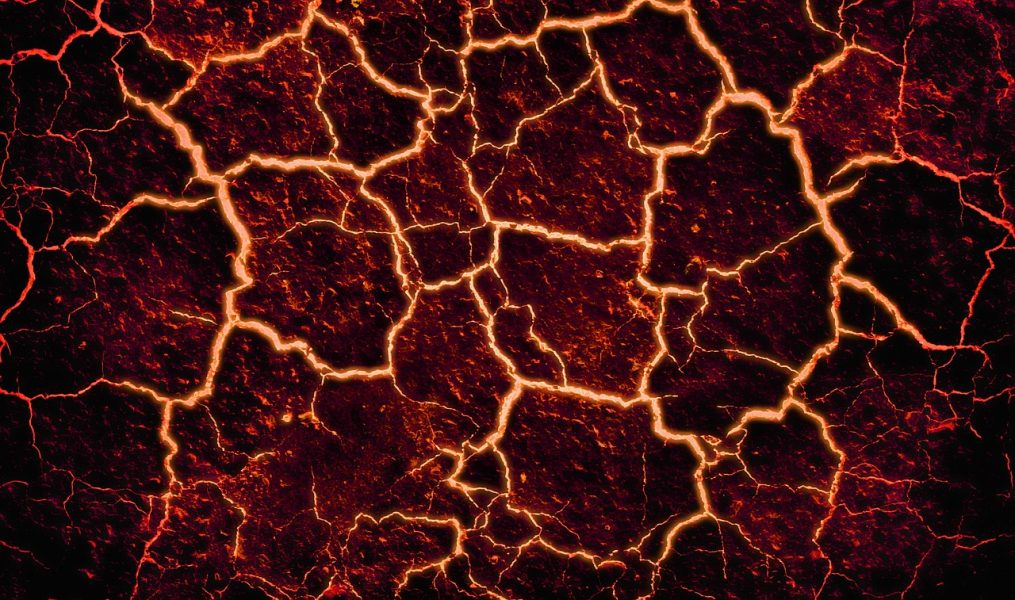Thermoelectricity is a long-known phenomenon allowing the exchange of electricity and heat, using a properly organized circuit of successive n- and p-type semiconductors. Although yields are much lower than for other heat engines or energy recovery devices (up to 10% at best), thermoelectricity is an attractive domain because of the simplicity and small size of the devices: having no moving parts, they require no maintenance and can operate continuously on natural or lost heat sources. Such characteristics would fit well with new applications such as internet of things, if thermoelectric devices could be built from cheap, low-toxicity materials. However, semiconductor materials well-suited for thermoelectricity at near-to-ambient temperatures are few and based on scarce elements: Bi2Te3, and PbTe for instance.

A team from France and Spain recently explored the potential of chalcopyrite (CuFeS2) nanocrystals, constituted of abundant elements only in a paper in ChemNanoMat. Nanocrystals grown in solution by colloidal synthesis were dried and hot-pressed into millimeter scale pellets. The material should show simultaneously high Seebeck coefficient, high electrical conductivity and low thermal conductivity, contradictory demands in bulk materials. The nanocrystal size of 40 nm helps dropping thermal conductivity by diffusing phonons, while maintaining electrical conductivity. Surprisingly elemental analyses revealed that the nanocrystals are intrinsically nanostructured with a radial compositional gradient, richer in Cu and S on the edge, an additional level of nanostructuring that reduces further the thermal conductivity.
Pure chalcopyrite pellets showed a low efficiency, measured as the factor of merit ZT= 0.07. To increase ZT, the electrical conductivity was increased first by stripping off the stabilizing organic shell around the nanocrystals by exchange with selenide ions, which resulted in a strongly improved ZT of 0.18 at 400°C. Then, chalcopyrite nanocrystals were mixed with metal nanoparticles into a nanocomposite. A few percent tin or silver nanoparticles give the best results (ZT = 0.16 at 400°C), inducing the concomitant reduction of thermal conductivity and increase of electrical conductivity.
Chalcopyrites do not appear to be ideal candidates for room temperature thermoelectricity, as the best performances were obtained at around 400°C, close to its degradation temperature. But the strategies applied in this work aiming at improving electrical conductivity while simultaneously decreasing thermal conductivity, are applicable to a wide range of emerging binary and ternary semiconductor nanocrystals recently explored in colloidal inorganic chemistry, paving the way for novel types of thermoelectric materials of improved performance.
Text kindly provided by the authors of the original manuscript.

















